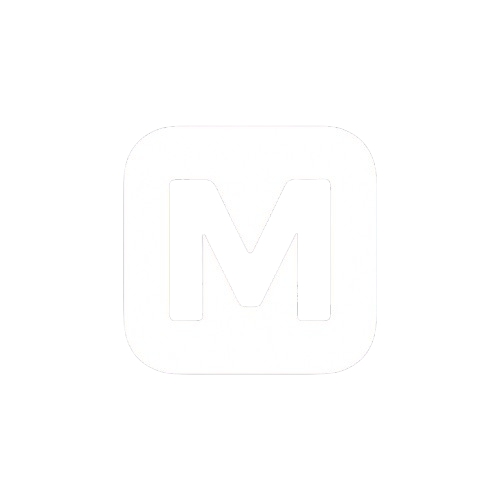Flow and safety regulators are vital components in gas management systems, ensuring safe and controlled flow of gases in various applications. These regulators help prevent overpressure conditions and maintain consistent flow rates, which are critical for operational safety. The growing emphasis on safety standards and regulatory compliance is driving the demand for advanced flow and safety regulators. As industries prioritize safety and efficiency, the market for these devices is expected to expand, supported by ongoing technological innovations.
The gas pressure regulator market has witnessed substantial growth due to its critical role in controlling gas flow and ensuring safety across various applications. Gas pressure regulators are devices that maintain consistent pressure levels in gas systems, preventing fluctuations that can damage equipment or compromise safety. They are extensively used in industries such as oil and gas, power generation, chemical processing, residential gas supply, and healthcare. The demand for reliable and efficient pressure regulators has grown significantly due to increasing industrialization, stringent safety regulations, and advancements in gas distribution infrastructure.
Market Drivers
The primary factor driving the gas pressure regulator market is the need for operational safety and equipment protection. Gas systems, if not regulated properly, can experience overpressure, leaks, or system failures, leading to accidents or production losses. Regulatory bodies across the globe have implemented strict guidelines to ensure safe gas distribution, which has accelerated the adoption of advanced regulators. Moreover, increasing industrial automation and the expansion of gas-based energy solutions, such as natural gas and biogas, have created additional demand for high-precision regulators capable of maintaining consistent pressure levels.
Technological advancements are also playing a crucial role. Modern gas pressure regulators feature innovations such as digital pressure monitoring, remote control capabilities, and enhanced materials for durability under extreme conditions. Compact designs and integration with IoT systems have further improved the ease of installation and real-time monitoring, catering to industries seeking both efficiency and safety. These technological enhancements have significantly improved regulator accuracy, response time, and reliability, attracting more end-users across various sectors.
Market Segmentation
The gas pressure regulator market can be segmented based on type, application, and end-user industry. By type, it includes high-pressure regulators, low-pressure regulators, and medium-pressure regulators. High-pressure regulators are widely used in industrial applications such as chemical processing and gas transportation, while low-pressure regulators are commonly used in residential and commercial applications. Medium-pressure regulators serve a critical role in power plants and large industrial facilities where precise pressure control is essential for operational stability.
Applications of gas pressure regulators include industrial gas distribution, residential gas supply, healthcare, and power generation. Industrial applications dominate due to the complex gas handling requirements and the need for strict pressure control in manufacturing processes. Residential applications are witnessing steady adoption driven by natural gas supply for cooking and heating. Healthcare applications, such as oxygen regulation in hospitals, require precise and reliable pressure control systems. Power generation facilities also depend on gas regulators to maintain consistent fuel supply for turbines and boilers, ensuring efficient and safe operations.
Regional Insights
North America holds a significant share of the gas pressure regulator market, attributed to the presence of advanced industrial infrastructure, stringent safety standards, and growing adoption of smart technologies. Europe follows closely, driven by regulatory compliance, industrial modernization, and sustainable energy initiatives. The Asia-Pacific region is expected to register the fastest growth, fueled by rapid industrialization, urbanization, and increased demand for natural gas infrastructure in countries like China, India, and Japan. Investments in energy efficiency and renewable gas projects further propel the market in this region.
Challenges and Opportunities
Challenges in the gas pressure regulator market include high production costs for advanced regulators, maintenance requirements, and susceptibility to wear and tear under extreme conditions. Ensuring compatibility with diverse industrial systems and meeting evolving safety standards also poses challenges for manufacturers. However, these challenges present opportunities for innovation in material engineering, digital control technologies, and compact regulator designs. The shift toward renewable energy sources such as hydrogen and biogas presents an emerging market for specialized regulators capable of handling new fuel types safely and efficiently.
Future Outlook
The future of the gas pressure regulator market looks promising, with growth driven by industrial expansion, energy infrastructure development, and regulatory enforcement. Advancements in smart regulators equipped with IoT capabilities and predictive analytics are expected to revolutionize the market, enabling real-time monitoring, remote control, and preventive maintenance. Collaborations between manufacturers, industrial end-users, and technology providers are likely to foster the development of next-generation solutions. Moreover, increasing adoption of sustainable energy solutions such as hydrogen, natural gas, and biogas underscores the need for regulators that can ensure safety, efficiency, and reliability in diverse applications.
In conclusion, the gas pressure regulator market is experiencing sustained growth, fueled by technological innovation, regulatory mandates, and increasing demand for safe and efficient gas systems. Market players are focusing on developing advanced, durable, and smart solutions to capture emerging opportunities. The convergence of industrial efficiency, energy sustainability, and safety compliance will continue to drive market expansion in the years to come.
More Related Reports:


